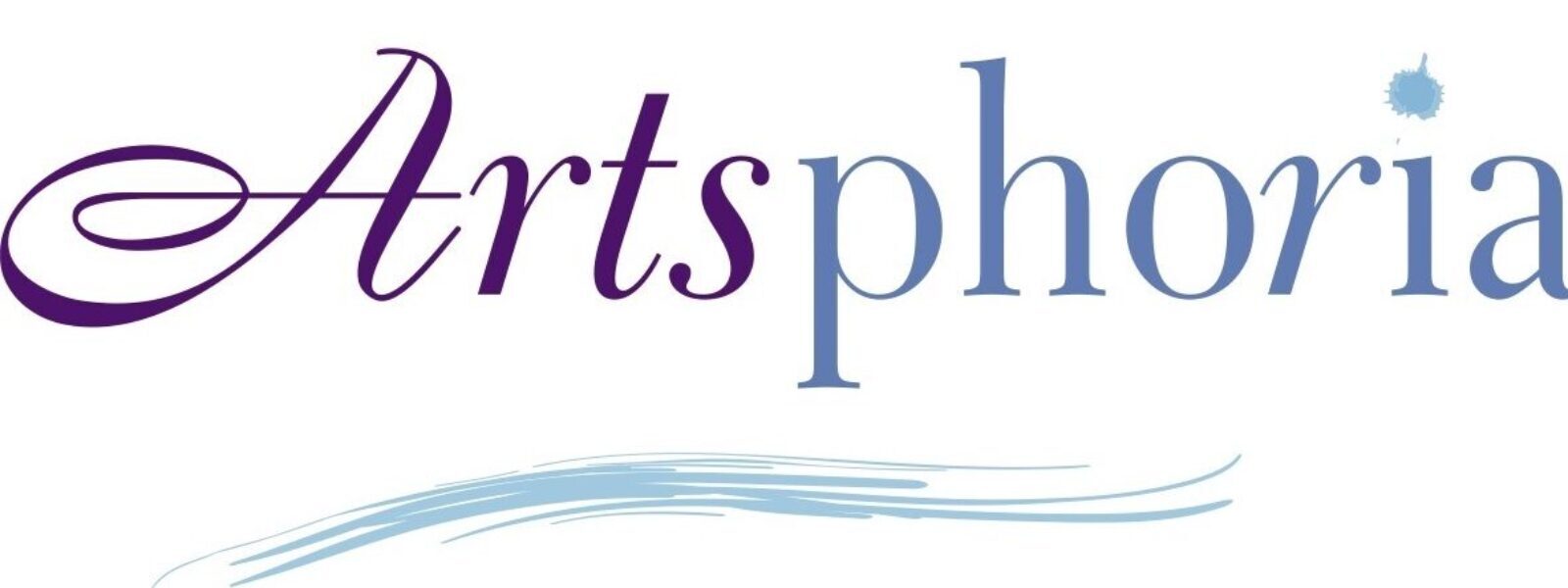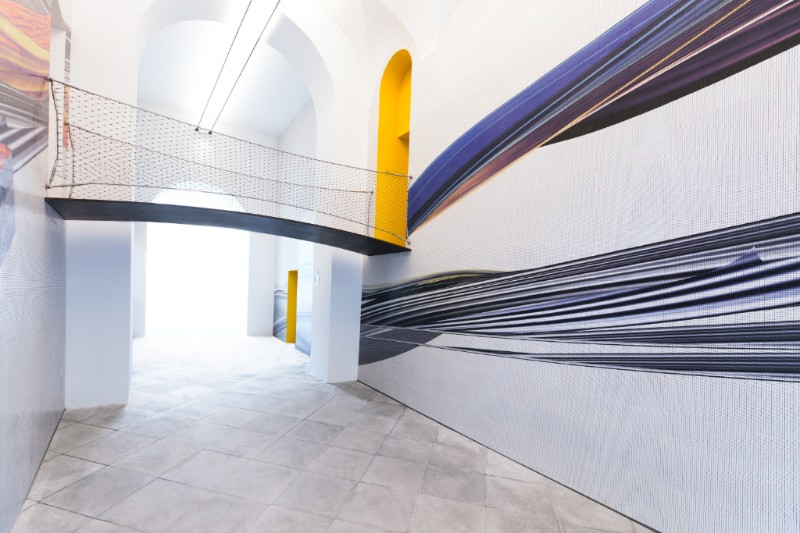French-Italian artist Paul Thorel‘s freshly presented mosaic for the courtyard of MADRE Museum in Naples, a commission of their acquisitions program “Per_Forming a Collection: For an Art Archive in Campania.”
For MADRE Museum, Thorel has decided to work for the first time with mosaic, paying homage to this Southern Italian tradition that has been used since the Greco-Roman age. Thorel’s Passaggio della Vittoria, 2018 (Victory Passage) is a large-scale mosaic of more than 150 square meters across the four walls of the passage connecting the Main Courtyard with the Sculpture Courtyard.
After visiting the studio of artist Carla Accardi in Rome in 1974 Paul Thorel (London, 1956) began to explore the creation of digital images at the Institut National de l’Audiovisuel in Paris in 1979. In the following years, he dedicated himself to experimental projects, collaborating with TV production centres, computer industries and universities, realising projects for cinema, theatre and advertising. The accidental distortions of the image and the so-called snow effect – produced by meteorological turbulences that cause the disrupted reception of the audiovisual signal on the television screen and require the adjustment of the television antenna – contributed to his definition of a mobile and immersive gaze.
Exploration of Digital Technologies
His fascination with the alteration of the image at the beginning of the 1980s led Paul Thorel to be one of the first European artists to explore digital technologies in the photographic practice, applying himself to the digital treatment of the image, to its decomposition into lines, shadows and indistinct traits. Since 1982, Thorel has published the results of his ongoing research in international photography magazines such as Aperture, Originale, Zoom and Photographies Magazine, as well as in various Italian newspapers and weeklies.
Starting from a real image, the artist breaks down the recognizable image into horizontal, lateral and oblique lines, creating a rarefied and indefinite landscape. Only a “distant” and visionary gaze, at odds with the hyper-realism of the photographic medium, can recompose the image, recognising in a succession of vibrating shading effects, real human figures, faces, immersed within their contexts. These include portraits, such as those presented in exhibitions at the Castello Svevo in Bari (2002), the MANN-Museo Archeologico Nazionale in Naples (2003) and the Institut Français de Florence in Florence (2009).
Passaggio della Vittoria, 2018
“If you get too close, you don’t see.” The distance of the vision, the suggestion of the gaze, the primitive intuition of the figure, whether it is a face or a landscape, all constitute the figurative vocabulary of this very personal abstraction: those that at first glance seem to be just successions of decomposed digital strokes, recompose themselves in a transversal way, making something unexpected appear before our eyes: the horizon of a subliminal and hypothetical figuration. Perception and intuition, transversality and obliquity, television and computer movement, as opposed to photographic stasis, are fundamental concepts in Thorel’s work.

